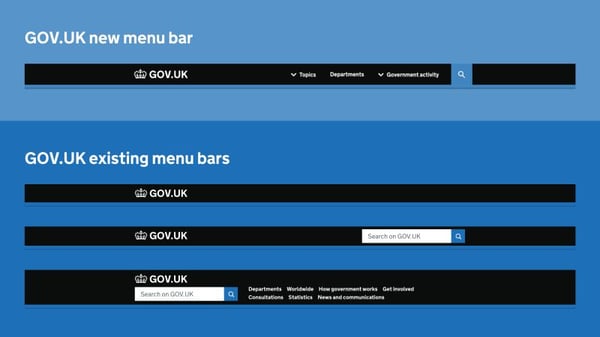A look at the new government recruitment service
Recruitment in the Civil Service is notoriously slow – costing government organisations top talent and key skills. Current hiring process, as well as being inefficient and time consuming, mean hopeful candidates are often left frustrated and others excluded.
The newly released Civil Service People Plan 2024-27 sets out a plan to “improve and speed up” recruitment by simplifying the process and improving the candidate experience.
This includes a complete overhaul of the current government recruitment service; a transformation that involves automating the most manual repetitive processes, new standardised hiring campaigns and tailored job adverts based on specific professions and functions in Whitehall.
service; a transformation that involves automating the most manual repetitive processes, new standardised hiring campaigns and tailored job adverts based on specific professions and functions in Whitehall.
Simon Watts, Digital Service Owner and Head of Profession (DDaT) for Government People Group at Cabinet Office, spoke to Government Transformation Magazine about the "new and improved" service. “The ultimate aim is to make recruitment in the Civil Service as effective and efficient as possible so that we get the right people in the right roles," he said.
The new service is currently in Beta phase, and in the process of procuring a technology provider who will replace the current technology. The aim is to roll this out by mid-2026.
Getting up to speed
Effective recruitment has never been more important to the Civil Service. Not only do departments want to attract a more diverse range of talent, but they need the process to be as efficient and effective as possible.
“Current internal recruitment processes are hugely complex; they differ significantly across departments, which makes managing and scaling a technical service that can stretch to meet all these demands a huge challenge,” Watts says. It has also made the user experience convoluted and time consuming.
The new service promises to introduce more clarity to departments on how to set up an effective recruitment campaign through standardised campaigns and tailored job descriptions. “By standardising the campaign setup process around specific professions in the Civil Service, job criteria and selection methods will be predefined, taking the guesswork out for the recruiter,” Watts explains.
It also seeks to put the candidate experience front and centre, by tackling notoriously lengthy hiring processes and providing more clarity and support around what's expected of potential recruits. “We want to build an online service that doesn’t leave people in the dark without any guidance on where they are in the process. We want to guide them to the next action as efficiently as possible,” Watts says.
To this end, a Digital Change and Applicant Tracking System Replacement is being developed, and online tests and assessments are being introduced to replace existing manual services. “It’s important that we start reacting to the current changes in technology that we're seeing in AI and Machine Learning,” Watts says.
All of these changes have required close cooperation with departments to better understand the specific needs of the user. Watts is careful to emphasise that “it has to be a team sport" because “improving recruitment and making sure it's more efficient and effective isn't something that we just do in the centre and roll out.”
Becoming more inclusive
At the heart of the new recruitment service is the understanding that the Civil Service needs to reflect the wider community it is serving. This means being visible to everybody across the UK in terms of how roles are advertised in places that may be traditionally more difficult to reach.
“This is where AI can help”, Watts says. “We’re running a couple of internal AI pilots that use our rich pool of recruitment data to better inform how we write our job adverts without bias and analyse diversity breakdown.”
Building an inclusive digital service also means creating a system that works for all, not just the majority. The new online recruitment processes have been tested to work for every range of digital skills and include an offline process for users without access to digital mediums.
“We have a reasonable adjustment process at the moment where we ask candidates at various stages if they require any process adjustments when they’re applying for a job or going through an interview. But we're looking at ways in which we can make that clearer for our candidates and embed those questions at each stage of the user journey.”






